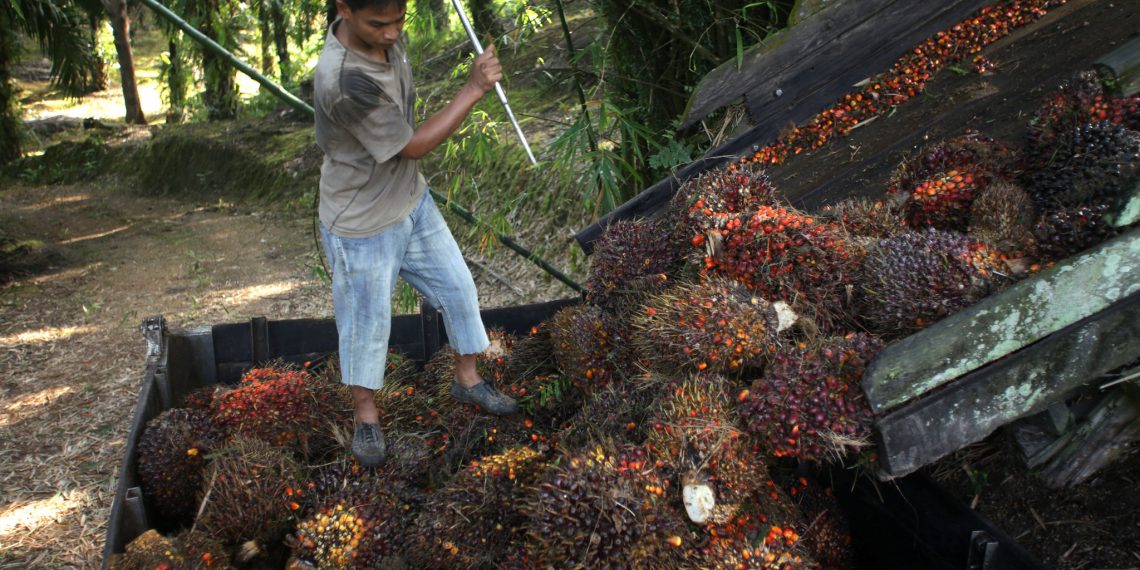Andika Putraditama first encountered WRI while he was working with the Indonesian government, using WRI research to understand the issue of palm oil. Now, he helps set WRI’s direction on palm oil, as sustainable commodities and business manager at WRI Indonesia.
Palm oil recently surpassed oil and gas as Indonesia’s number one export. It employs around 16 million people directly and generates almost $18 billion in revenue. “The stakes for Indonesia are very high,” remarked podcast host and WRI Vice President for Communications Lawrence MacDonald.
Palm oil, which primarily grows in the tropics, can be used as a cooking oil, and is also an input for a wide variety of everyday consumer goods, from shampoo to toothpaste to chips. “It’s an industry the government needs to protect,” Putraditama said, “but it also has a lot of environmental impacts.”
Chief among these impacts are deforestation, destruction of peatland ecosystems and fire.
The palm oil question is intricately bound up with Indonesia’s peatland ecosystems. These peatlands are comprised of organic matter up to 25 meters (82 feet) deep, and used to be cleared for palm oil plantations. Disturbing them can release massive amounts of carbon and methane, posing an immense risk to climate goals. Peatland fires have plagued Southeast Asia; 2015’s fires tripled Indonesia’s annual greenhouse gas emissions and exposed millions of people to toxic haze. In 2018, Indonesia announced a three-year moratorium on new palm oil plantations.
Several multinational companies have committed to “no deforestation, no peat” palm oil. The main way they’ve done this is through the Roundtable on Sustainable Palm Oil (RSPO) voluntary standard. Producers who can certify are believed to be able to charge a 5-10% premium for their work. But “only 20% of global trade value” is RSPO, Putraditama said, with most of that coming from globally well-known brands. The rest of the market buys from smallholders; trickling down sustainability practices to these actors—much less companies that might sell to China or other buyers without no-deforestation, no-peat pledges—poses a huge challenge.
If China, for example, were to change that, it could unlock another level to certified sustainable palm oil. “Companies would soon realize this is worth investing in. One of the reasons why certified sustainable palm oil has not been moving too fast in the last three to five years is that there is not enough incentive for industry to change their business as usual practices.” WRI Indonesia is currently engaged in trying to build demand for certified palm oil.
However, the narrative around palm oil remains too black and white. Some buyers remain recalcitrant to identify their products with palm oil at all. Putraditama is clear on one thing. “Good palm oil is possible. Not all palm oil is bad,” he says. Not only are workers and Indonesia relying on it, it’s more efficient than corn or rapeseed oil. But the industry needs to reform themselves to be more accountable in their operation. Palm oil may be oversupplied now, and expansion of plantations has slowed. But prices are creeping back up, posing a test for the government’s moratorium on new conversion of peatland for palm oil.
“It’s all about economics,” said MacDonald.
Listen to the podcast below:



